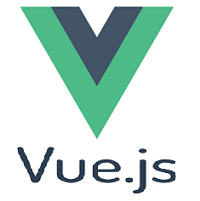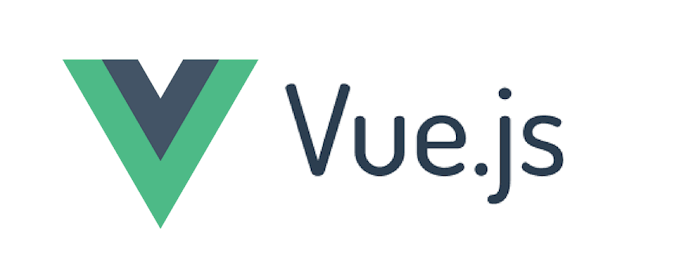-
Vue.js Tutorial
- vue.js-tutorial
- vue.js-installation
- vue.js-getting-started
- declarative-rendering
- conditions-loops
- vue.js-instances
- vue.js-template
- vue.js-components
- computed-properties
- vue.js-watch-property
- vue.js-event-handling
Data Binding
Transition & Animation
Vue.js Tutorial Vue.js tutorial provides basic and advanced concepts of Vue.js. Our Vue.js Tutorial is designed for beginners and professionals both. Vue.js is an open-source progressive JavaScript framework used to develop interactive web user interfaces and single-page applications. Vue.js is mainly focused on the view part of the application that is also called front end development. Vue.js is going popular day by day because it is very easy to integrate with other projects and libraries. It is very simple to install and use. Even beginners can understand it easily and start building their own user interfaces. In this tutorial, you will learn what is Vue.js, how to install Vue.js, Vue.js Instances, Components, Properties, Bindings, Events, Rendering, Directives, Routing, Mixins, Render functions etc. What is Vue.js?Vue.js is an open-source progressive JavaScript framework used to develop interactive web user interfaces and single-page applications (SPAs). Vue.js is commonly referred to as Vue and pronounced as "view.js" or "view."  What is a Single Page Application (SPA)?A single page application or SPA is a web application or a website that provides users a very fluid, reactive, and fast experience similar to a desktop application. A single page application contains a menu, buttons, and blocks on a single page. When a user clicks on any of them, it dynamically rewrites the current page rather than loading entire new pages from a server. That's the reason behind its reactive fast speed. Vue is basically developed for frontend development, so it has to deal with a lot of HTML, JavaScript, and CSS files. Vue.js facilitates users to extend HTML with HTML attributes called directives. Vue.js provides built-in directives and a lot of user-defined directives to enhance functionality to HTML applications. History of Vue.jsVue.js was created by Evan You, who was then working for Google using AngularJS in their projects. He extracted some parts of AngularJS and built something lightweight JavaScript framework later released as Vue.js. The first version of Vue.js was released in February 2014. It is now maintained by him and the rest of the active core team members coming from various companies such as Netlify and Netguru. Vue.js is going popular day by day because it is very easy to integrate with other projects and libraries. It is very simple to install and use. Even beginners can understand it easily and start building their own user interfaces. All released versions of Vue.jsFollowing is the list of all the released versions of Vue.js:
Features of Vue.jsFollowing is the list of most prominent features of Vue.js: ComponentsVue.js Components are one of the important features of this framework. They are used to extend basic HTML elements to encapsulate reusable code. You can create reusable custom elements in Vue.js applications that can be later reused in HTML. TemplatesVue.js provides HTML-based templates that can be used to bind the rendered DOM with the Vue instance data. All Vue templates are valid HTML that can be parsed by specification-compliant browsers and HTML parsers. Vue.js compiles the templates into Virtual DOM render functions. Vue renders components in virtual DOM memory before updating the browser. Vue can also calculate the minimum number of components to re-render and apply the minimum amount of DOM manipulations when you change the application's state. ReactivityVue provides a reactivity system that uses plain JavaScript objects and optimizes re-rendering. In this process, each component keeps track of its reactive dependencies, so the system knows precisely when, and which components to re-render. RoutingNavigation between pages is performed with the help of vue-router. You can use the officially-supported vue-router library for your Single Page Application or if you only need a simple routing and do not want to use the full-featured router library, you can do this by dynamically rendering a page-level component as following: TransitionsVue allows you to use different transition effects when the items are inserted, updated, or removed from the DOM. PrerequisitesBefore learning Vue.js in depth, you must have the basic knowledge of HTML, CSS, and JavaScript. AudienceWe have developed this Vue.js tutorial for beginners and professionals both. ProblemWe assure you that you will not find any problem in our Vue.js tutorial. But, if you find any mistake, you can post it in our comment section. Next TopicVue.js Installation
|